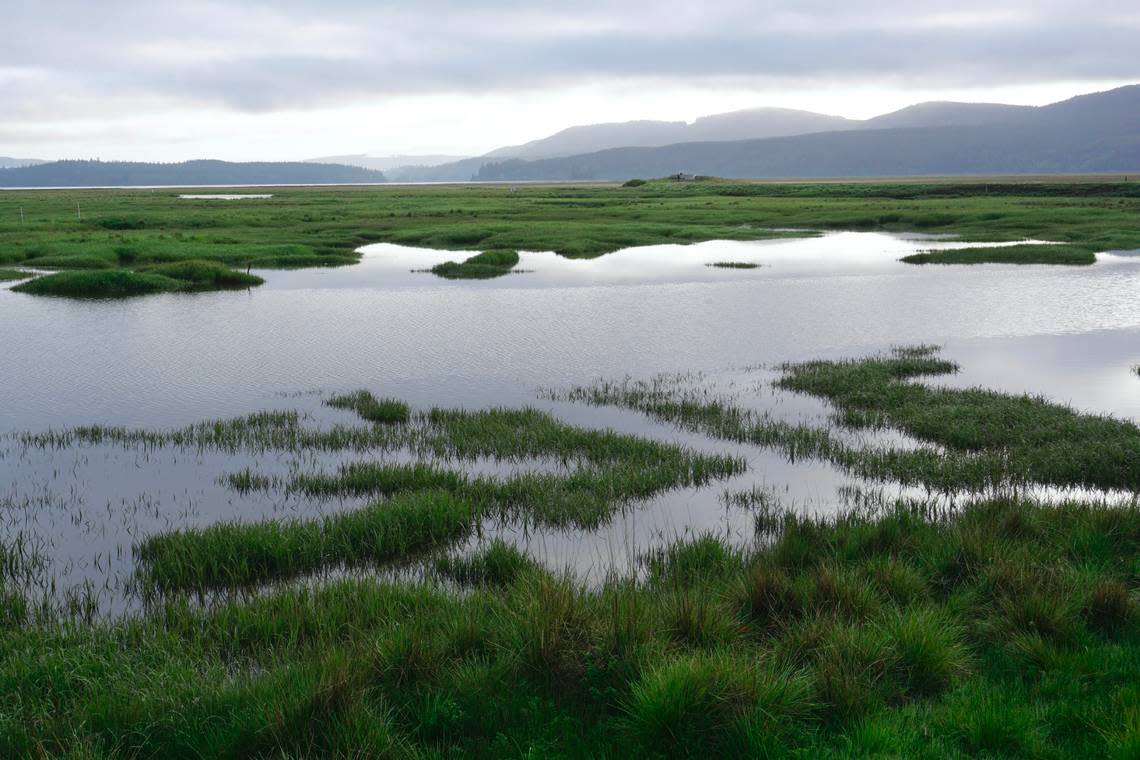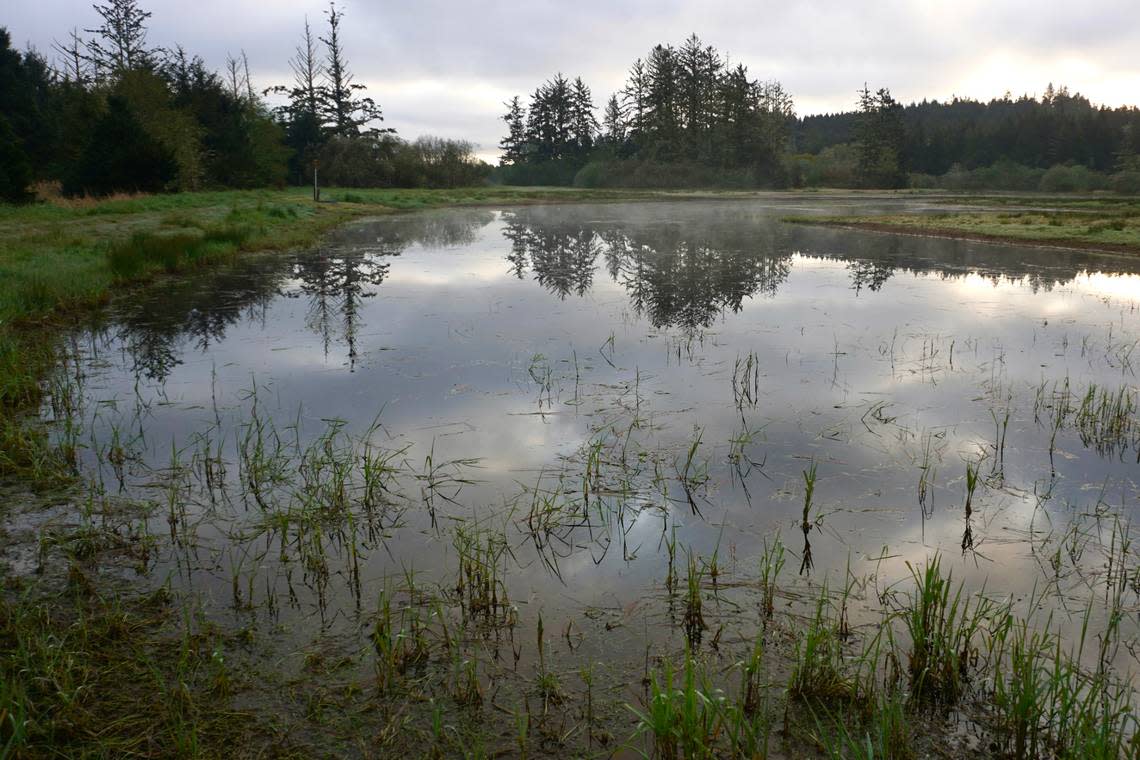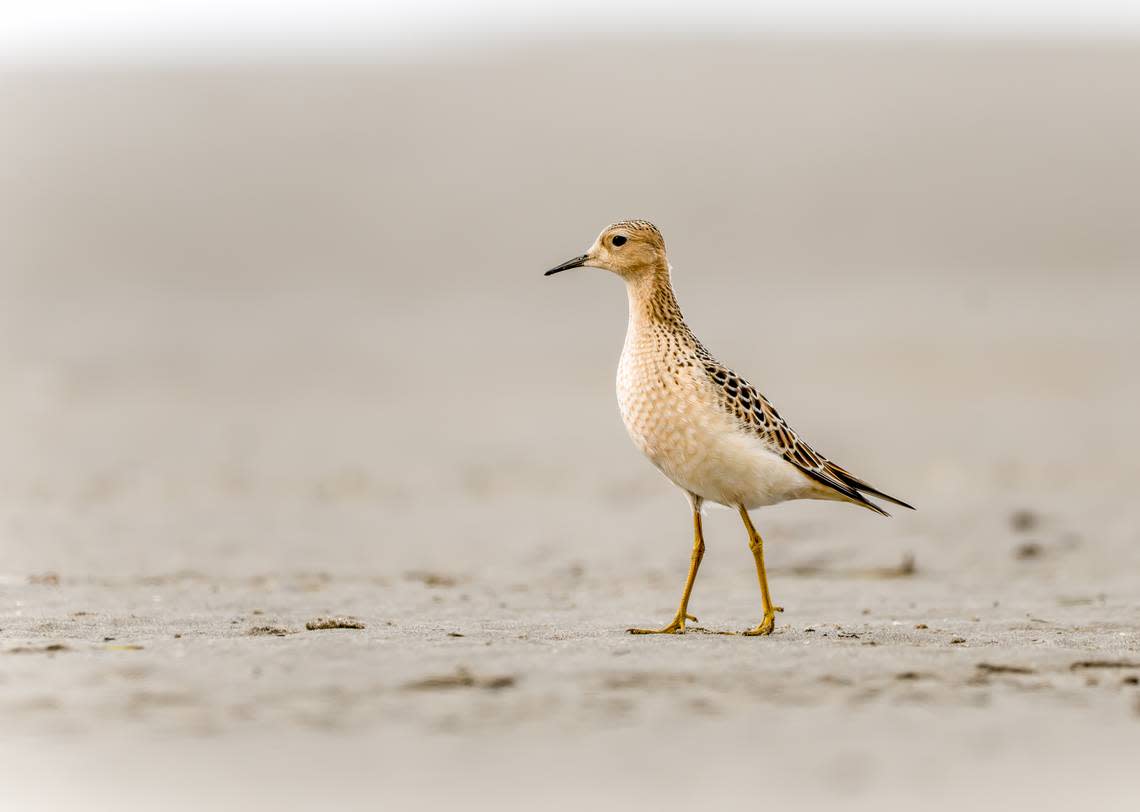This serene corner of Washington state just got $1.2 million to preserve bird habitat
The birds of Washington’s Willapa Bay became $1.26 million wealthier Thursday. The money will buy 239 acres of bird habitat at Willapa National Wildlife Refuge, the Interior Department announced.
The Migratory Bird Conservation Commission approved $21 million to support wetlands conservation at five refuges across the United States including Willapa.
Willapa Bay, a 90-minute drive from Pierce County, is the body of water created by the Long Beach Peninsula in Pacific County, just north of the Columbia River. The 17,000-acre refuge is a combination of tidelands, rain forests, beaches and streams across the bay, including the tip of Leadbetter Point and nearly all of uninhabited Long Island — a popular camping destination for kayakers. The bay is a crucial resting stop for migratory waterfowl headed up and down the Pacific flyway.

The funding will expand public opportunities for hunting, fishing, wildlife observation and outdoor recreation at the refuges, according to the Interior Department. The money comes from the Migratory Bird Conservation Fund, which is fueled by sales of Duck Stamps and duties on imported arms and ammunition. Since 1934, the Federal Duck Stamp Program has provided more than $1.1 billion for habitat conservation in the nation’s refuge system.
The commission also approved $50.9 million in North American Wetlands Conservation Act grants, which will be matched by $73.4 million in partner funds.

“Wetlands provide many economic, ecological and social benefits to the surrounding communities,” said U.S. Fish and Wildlife Service director Martha Williams. “NAWCA grants conserve bird populations and wetland habitat while supporting local economies and outdoor recreational opportunities, such as hunting, fishing and birdwatching.”
One billion birds use the Pacific flying annually, according to the National Audubon Society. It’s just a fraction of the numbers that used to travel the route, Audubon says.

Willapa National Wildlife Refuge was established in 1937 to conserve migrating and wintering populations of waterfowl, shorebirds, and other migratory birds and for other conservation purposes. The refuge contains several rare remnants of old-growth coastal cedar forest and salmon habitat. Endangered or threatened bird species include the western snowy plover and marbled murrelet.
“This new acquisition will help the refuge maintain sufficient freshwater wetland, grassland and forest habitat for abundant and resilient waterfowl populations as well as a wide variety of other native wildlife and plant species,” the Fish and Wildlife Service said in a statement to The News Tribune.
The new acreage increases the potential for wildlife-dependent recreation opportunities for the local community and visitors to the Long Beach Peninsula, the Service said. The refuge receives over 250,000 visitors annually.
